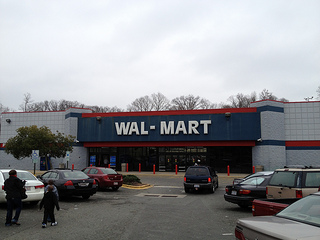Effective Risk Management Requires Better Supply Chain Management

Many of the risks associated with operating a business are directly tied to the supply chain. Slowed deliveries due to a natural disaster may result in lost sales and missed opportunities. A communications provider outage could have the same results. These supply chain disruptions often result in huge losses. According to a recent Zurich report, it’s a growing problem.
This article is for Premium Members only. Please login below to read the rest of this article.
Not a Premium Member yet? Become one today.
[login_form redirect=’https://www.procurementbulletin.com/effective-risk-management-requires-better-supply-chain-management’]
[show_to accesslevel=’Premium Members’]
Why Supply Chain Disruption Hurts
Downtime usually always results in a loss. Out of the 600 global organizations that took part in the survey, 73% experienced at least one supply chain disruption in 2011. About 50% reported at least two disruptions. The losses resulting from these interruptions are not small. 20% of the companies responding have experienced a loss of more than $161 million from just one disruption. According to Linda Conrad, director of strategic risk for Zurich Global Corporate NA, “Companies often underestimate their risk, but historically, 40 percent of companies experiencing extended interruption completely go out of business.”
Leading Causes of Disruption
Globalized operations create more opportunities for businesses of all sizes, but it also comes with greater risks, particularly supply chain disruptions. Natural disasters, political unrest, and other unexpected circumstances can put a halt on transportation to or from a specific area. Current events can also affect communication, manufacturing, and many other operations related to the supply chain. IT outages were the leading cause for disruptions in 2011 according to Zurich. More than half of those surveyed reported some or high disruption due to an outage.
How to Minimize Risks
Creating a continuous flow between buyers, sellers, and manufacturers is the goal of any effective supply chain strategy. Companies should look at each entity within their supply chain and check their ability to keep the chain moving. “Value is about more than being able to name the lowest or best price for a product or service,” says Conrad. “It is also how, in the long-run, it is going to help the organization prevent larger losses.”
There will always be unforeseen circumstances that disrupt the supply chain, but companies can stay active to reduce their losses when they occur. [/show_to]






